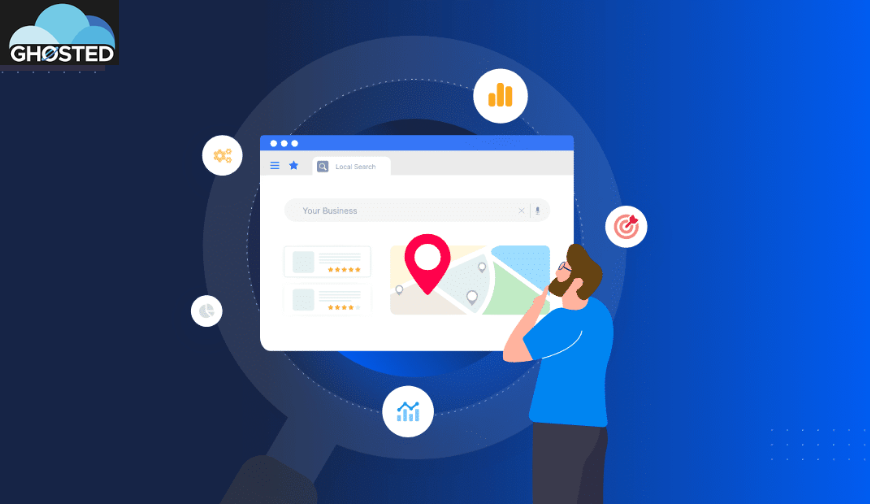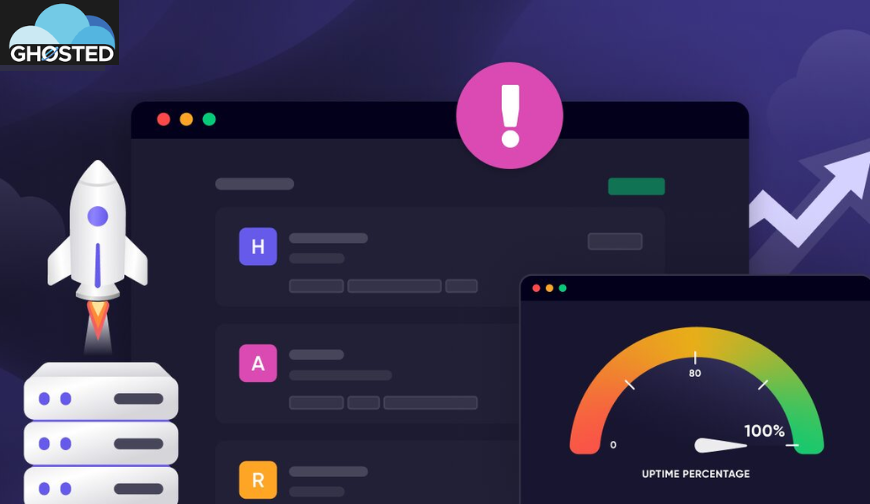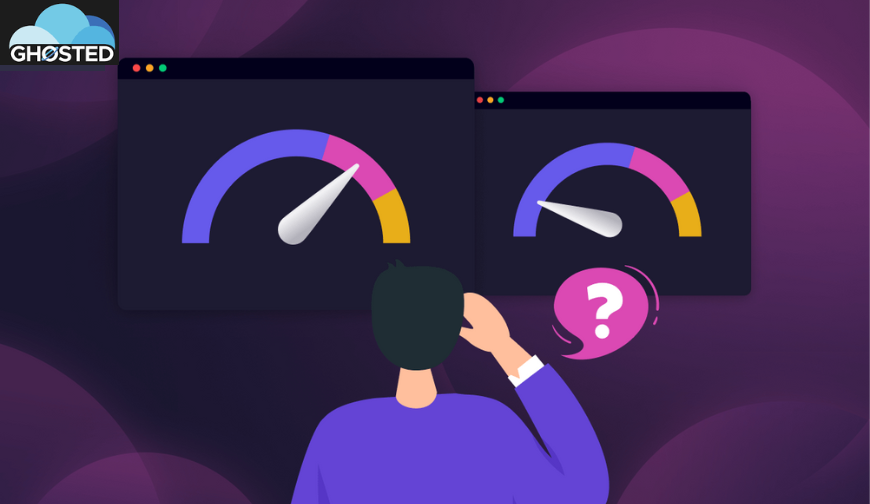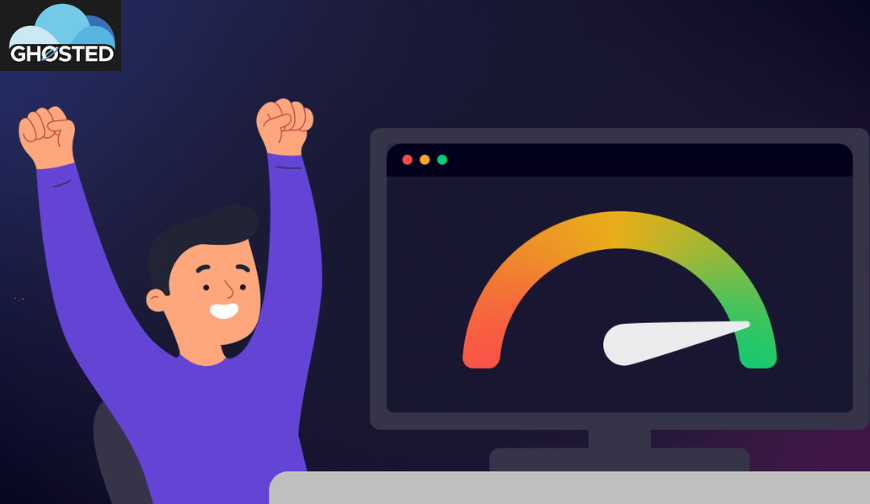In the digital landscape, where millions of websites compete for attention, having a solid on-page SEO strategy is paramount to stand out and attract organic traffic. On-page SEO refers to the optimization of individual web pages to rank higher and earn more relevant traffic in search engines. It involves various techniques and practices aimed at improving a website’s visibility and relevance to search engine algorithms.
Understanding Keywords and Content Optimization
Importance of Keywords
Keywords serve as the foundation of on-page SEO. They are the terms and phrases that users type into search engines when looking for information. By conducting thorough keyword research, website owners can identify the words and phrases their target audience uses most frequently.
Keyword Research Techniques
Keyword research involves analyzing search volume, competition, and relevance to determine the most valuable keywords for a website. Tools like Google Keyword Planner, SEMrush, and Ahrefs can provide valuable insights into keyword performance and help identify untapped opportunities.
Optimizing Content with Keywords
Once relevant keywords are identified, they should be strategically incorporated into various elements of a webpage, including headings, titles, meta descriptions, and body content. However, it’s essential to maintain a natural flow and avoid keyword stuffing, as search engines prioritize user experience and quality content.
Meta Tags and Their Significance
Meta tags, such as title tags, meta descriptions, and heading tags (H1, H2, H3), play a crucial role in on-page SEO. These tags provide search engines with information about the content and purpose of a webpage, influencing its ranking and visibility in search results.
Title Tags
Title tags are HTML elements that define the title of a webpage. They appear as clickable headlines in search engine results and should accurately reflect the content of the page while incorporating relevant keywords.
Meta Descriptions
Meta descriptions provide a brief summary of a webpage’s content beneath its title in search results. While meta descriptions don’t directly impact rankings, they can significantly affect click-through rates by enticing users to click on the link.
Heading Tags (H1, H2, H3)
Heading tags structure the content of a webpage, making it more readable for both users and search engines. The H1 tag typically represents the main heading of the page, while H2 and H3 tags denote subheadings and subsections, respectively.
Optimizing URL Structure
A well-structured URL not only improves user experience but also enhances search engine visibility. URLs should be concise, descriptive, and include relevant keywords to convey the content of the page accurately.
Image Optimization
Alt Text
Alt text, also known as alternative text, is a brief description of an image that appears when the image fails to load. Including descriptive alt text not only improves accessibility for visually impaired users but also provides search engines with valuable context about the image’s content.
File Names
When uploading images to a website, it’s essential to use descriptive file names that incorporate relevant keywords. This practice not only helps search engines understand the content of the image but also contributes to overall on-page SEO efforts.
Image Size and Format
Optimizing image size and format can improve page load times, which is a crucial factor in both user experience and search engine rankings. Compressing images and using efficient file formats like JPEG or PNG can significantly enhance website performance.
Internal Linking Strategies
Internal linking involves linking to other pages within the same website. By strategically interlinking relevant pages, website owners can improve navigation, distribute link equity, and enhance the overall structure and hierarchy of their site.
User Experience and On-Page SEO
A positive user experience is essential for both visitors and search engines. Factors such as mobile responsiveness, page speed, and intuitive navigation contribute to higher engagement and improved rankings.
Mobile Responsiveness
With an increasing number of users accessing the internet via mobile devices, ensuring mobile responsiveness is critical for on-page SEO success. Websites that are optimized for mobile devices provide a seamless user experience and are favored by search engines.
Page Speed
Page speed directly impacts user experience and search engine rankings. Optimizing page speed through techniques like minification, caching, and reducing server response times can lead to higher retention rates and improved SEO performance.
Navigation
Intuitive navigation makes it easier for users to find relevant information on a website. Clear navigation menus, breadcrumbs, and internal links help search engines understand the structure of a site and index its content more efficiently.
Structured Data Markup
Structured data markup provides search engines with additional context about the content of a webpage. By implementing schema.org markup, website owners can enhance search results with rich snippets, knowledge graphs, and other interactive elements.
Content Freshness and Updates
Regularly updating and refreshing content signals to search engines that a website is active and relevant. Adding new information, addressing current trends, and updating outdated content can improve visibility and maintain a competitive edge.
Optimizing for Featured Snippets
Featured snippets are concise answers displayed at the top of search results in response to user queries. Optimizing content for featured snippets by providing clear and concise answers can increase visibility and drive more traffic to a website.
Utilizing Social Media Integration
Integrating social media buttons and sharing options into a website can amplify its reach and engagement. By encouraging social sharing, website owners can expand their audience and generate valuable backlinks, which are essential for SEO.
Avoiding Common On-Page SEO Mistakes
From keyword stuffing to duplicate content, there are several common pitfalls that can negatively impact on-page SEO efforts. By avoiding these mistakes and adhering to best practices, website owners can maximize their website’s potential and achieve sustainable growth.
Measuring and Monitoring On-Page SEO Performance
Monitoring key performance indicators (KPIs) such as organic traffic, keyword rankings, and conversion rates is essential for assessing the effectiveness of on-page SEO strategies. Tools like Google Analytics and Google Search Console provide valuable insights into website performance and areas for improvement.
Continuous Improvement and Adaptation
On-page SEO is not a one-time task but an ongoing process that requires continuous monitoring and adaptation. By staying updated on industry trends, algorithm changes, and user behavior, website owners can refine their strategies and stay ahead of the competition.
Conclusion: Maximizing Your Website’s Potential
In conclusion, on-page SEO is a fundamental aspect of digital marketing that can significantly impact a website’s visibility, traffic, and ultimately, its success. By implementing best practices such as keyword optimization, meta tag optimization, and user experience enhancement, website owners can unlock the full potential of their websites and achieve sustainable growth in the competitive online landscape.
FAQs
1. How long does it take to see results from on-page SEO efforts?
Results from on-page SEO efforts can vary depending on factors such as website authority, competition, and the implementation of optimization strategies. Generally, noticeable improvements can be observed within a few weeks to months.
2. Is on-page SEO more important than off-page SEO?
Both on-page and off-page SEO are essential components of a comprehensive SEO strategy. While on-page SEO focuses on optimizing individual web pages for search engines, off-page SEO involves activities such as link building and social media marketing to improve a website’s authority and credibility.
3. Can I do on-page SEO myself, or do I need to hire a professional?
With the right knowledge and tools, many website owners can effectively implement on-page SEO strategies themselves. However, for more complex optimization tasks or to achieve optimal results, hiring a professional SEO consultant or agency may be beneficial.
4. How often should I update my website’s content for optimal SEO performance?
There is no set rule for how often website content should be updated, as it depends on various factors such as industry trends, audience preferences, and the competitive landscape. However, regularly refreshing content and adding new information can signal to search engines that a website is active and relevant.
5. What are the most common on-page SEO mistakes to avoid?
Some common on-page SEO mistakes to avoid include keyword stuffing, duplicate content, poor URL structure, slow page speed, and neglecting mobile optimization. By addressing these issues and adhering to best practices, website owners can improve their SEO performance and rankings.




